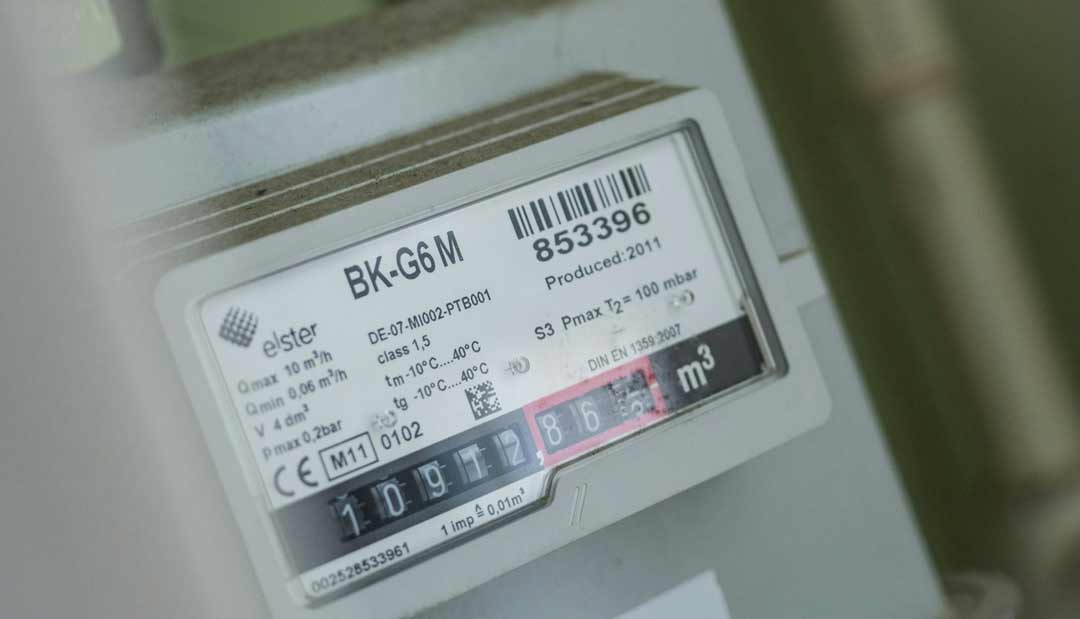Updated 6/23/23: Net Metering is still one of the best programs for homeowners looking to save money by switching to solar. We’ve updated this list to include more information about Iowa Net Metering programs, which will help homeowners be more aware of how they can save money with renewable energy.
Homeowners across Iowa are switching to solar and saving upwards of $40,000. But how does that work in a state that sees cold winters with short days, overcast weather, and even snow? The answer is solar and net metering. In Iowa, net metering allows homeowners to use the grid to create a bank of credits for their energy generation to draw on when the sun isn’t shining. However, there are some key details you should know about Iowa’s Net Metering programs.
[su_box title=”RELATED:” box_color=”#4AC1E0″ title_color=”#000000″]Net Metering and Home Solar: The Perfect Pair[/su_box]
#1: How Does Net Metering Work?
Net Metering refers to both the policy that protects a homeowner’s right to receive compensation for their excess energy generation from solar, and the metered system that tracks how much energy a homeowner sends back onto the grid. In Iowa, this policy applies to the area of the grid managed by Alliant or MidAmerican. The nitty gritty is that homeowners with solar who send energy back onto their local grid receive a 1-to-1 credit on their account. After a year, these credits can be cashed out at what is known as an avoided rate.
But how do you get those credits?
When a homeowner gets professionally designed and installed solar, they will inevitably make more energy than they need. This generally happens during the summer, when long daylight hours and strong sunlight have solar panels operating at their peak efficiency. That extra energy has to have somewhere to go. With grid-tied solar, it’s sent back onto the grid and used to help power your community. A second meter (the net meter) is installed to track the energy being sent back. The power company will use the amount tracked by your net meter to calculate the credits they owe you each month.
#2: Net Metering and Solar Help Homeowners Save More
Why would a homeowner choose to have their solar grid-tied, rather than installing a battery backup system? There are two top reasons: saving on installation-associated costs and saving more over time. Depending on the kind of battery you purchase, and how much energy you want to store (emergency only, overnight, off-grid), a battery system can cost tens of thousands of dollars.
Batteries also generally won’t last as long as your solar panel array. You’ll need to replace those batteries once, twice, or possibly more based on the average 25-year life of a solar panel. Installing a battery backup system to solar can easily double the cost.
Conversely, grid-tied systems not only avoid these extra costs but give homeowners a way to save more over time. With solar designed to meet your needs and wipe out your power bill, the longer you have solar the more you’ll see savings from generating your own power.
You’ll also see savings from being able to draw on banked net metering credits during stormy weather and overnight.
#3: Power Companies Hate Solar Net Metering
It’s not just California that is seeing homeowners’ rights to net metering attacked by greedy power companies. In Iowa, Alliant and MidAmerican continue to try and reform net metering in their favor. Adding on additional service fees, and a required annual cash out that only pays the customer at a fractioned rate of what that energy was actually worth.
Utility companies are extremely hostile to net-metered systems despite the fact the systems help to decrease the energy power companies have to generate. Ultimately, power companies have less control when homeowners have agency over their energy production. That means utility companies have less wiggle room to force people to pay endless rate hikes. The reality is that as home solar becomes more common, it has also changed the landscape of how people power their homes. Unlike in the past, people now have the power to decide how they get their energy.
#4: Interconnection Process
To participate in net metering, homeowners must connect their solar PV systems to the utility grid. The interconnection process involves obtaining approval from the utility company and complying with safety and technical requirements. It is essential to work with a qualified solar installer who can guide you through the interconnection process and ensure compliance with all regulations.
#5: System Size and Capacity Limitations
Iowa’s net metering program allows solar PV systems with a capacity of up to one megawatt (MW) to participate. This means that homeowners have the flexibility to install systems that meet their electricity needs, whether it’s a small rooftop installation or a larger ground-mounted array.
#6: Time-of-Use (TOU) Rates
Iowa offers a Time-of-Use (TOU) rate structure, which can further optimize the benefits of Net Metering. TOU rates vary depending on the time of day, with higher rates during peak demand periods and lower rates during off-peak hours. By strategically consuming electricity during off-peak times and exporting excess energy during peak periods, homeowners can maximize their financial savings through net metering.
#7: Additional Solar Incentives
In addition to net metering, Iowa offers various incentives to promote solar adoption. These include a state solar tax credit, federal investment tax credits (ITC), and grants or loans from the state’s revolving loan funds. These incentives can significantly offset the upfront costs of installing solar panels and make the transition to renewable energy more affordable.
Find Out How Much Solar Could Save You
Curious about making the switch to solar and saving with net metering? Purelight Power has already helped hundreds of Iowa homeowners go solar simply with $0 down solar. Find out if your roof qualifies today!





